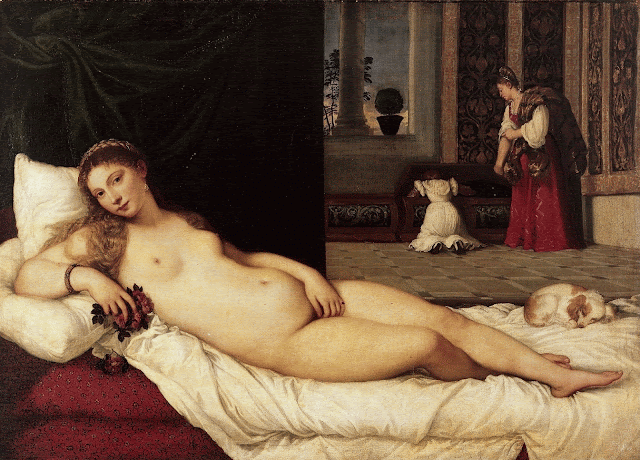 |
| Sandwoman, 1983 |
 |
| Incantation to Olokun-Yemayá FIGURE 4 |
 |
| Untitled (from the Silueta Series, August 1978 |
Mendieta’s work is heavily ritualistic, but seems to speak to all women especially by using the impression of the body, as this could be any woman, anonymous, forgotten, or lost. It creates a gravesite for the singular body of the forgotten corpses in Akutagawa’s “Rashomon.” There is no attention or interest in giving a face or identity to these impressions. Mendieta removes the body and leaves only it’s trace.
[...] The impression of the body is almost like an echo of that body reminiscent ofTess of the d’Urbervilles by Thomas Hardy, where Tess is an echo that always receding and disappearing and eventually becomes part of the landscape, dissolving into it. There is a history to this treatment of women as the echo. It can be traced back to Genesis where woman is created as an echo of man and also traced to the Greek myth of Narcissus and Echo. In this myth, Echo is a nymph who is punished with the loss of her own voice, only able to repeat the words of others. Echo is the literal figure of repetition compulsion with no ability to break from it. Echo existed only as an extension of those around her, becoming a kind of spectral haunting, a voice detached from a body.
[...] Mendieta has literally carved out the breech of the traumatic event, the gap or wound within the earth as the female body. The body itself is the breech and the trauma that cannot be represented or assimilated, and so it is impressed into the ground, not buried because it cannot be recreated in order to be buried, leaving it always a wound open and present. The repetition of these images in the series repeats the traumatic gap as something which will never heal and cannot be sealed, covered over, or buried. She exposes the symbolic breech and carves into the earth to create a wound which becomes a shared wound with history. The wound in the earth is also a tomb, and becomes both the womb and tomb of all women. The tracing of the tomb and the archive also evokes the spectral, the phantom non-presence of a body which has disappeared or has been made to disappear.
Text from Afterimage blog
Images sourced Americana Journal, Boystown Tmblr and Afterimage blog









